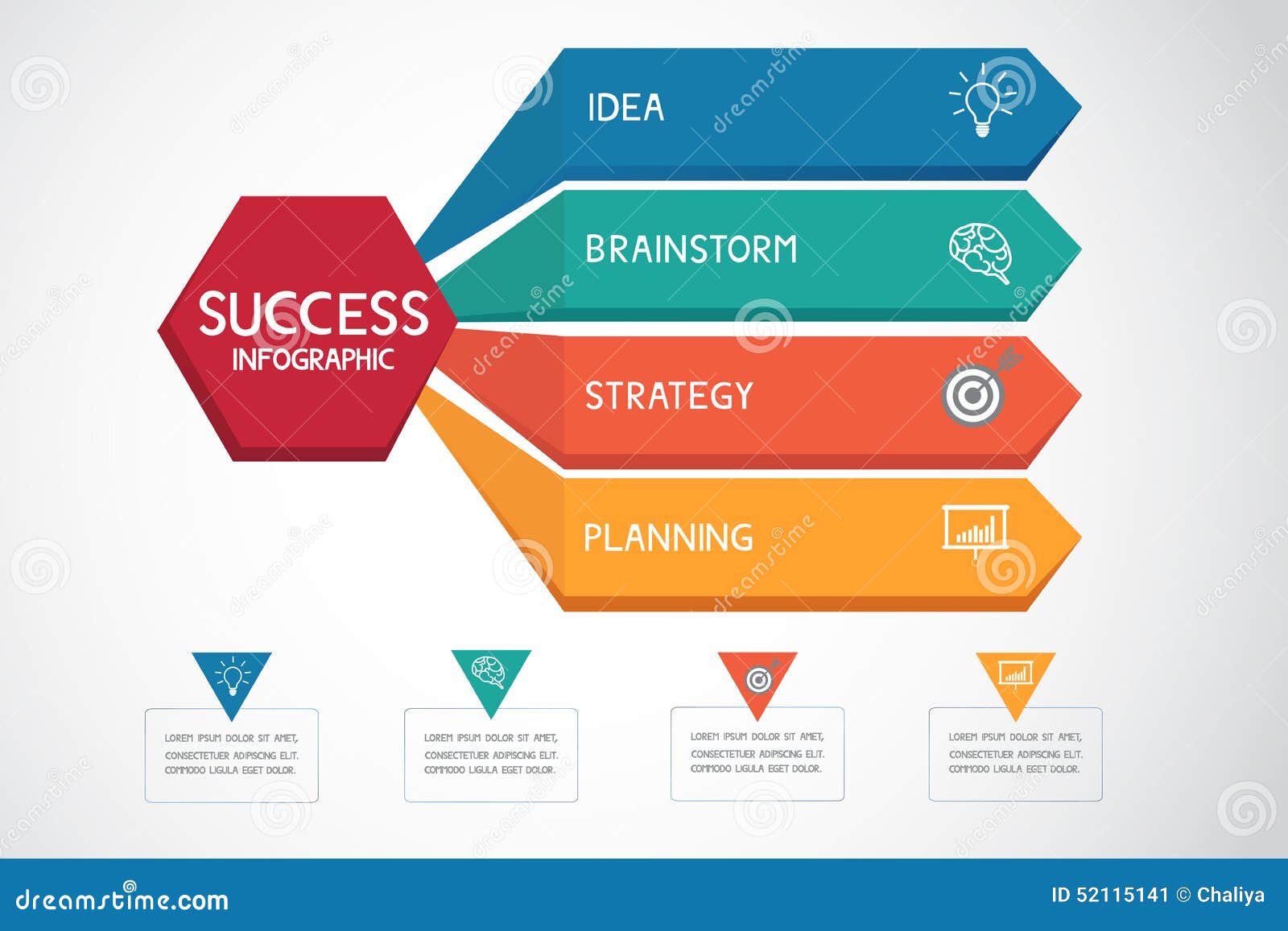Core Concepts Of Site Design: Recommendations For Crafting A User-Friendly Online Presence
Core Concepts Of Site Design: Recommendations For Crafting A User-Friendly Online Presence
Blog Article
Content By-Hovmand Secher
When it concerns site style, making sure user-friendliness is essential. From receptive layout to streamlined navigation, every aspect plays a crucial duty in creating a site that caters to your target market's demands. But what about the better details that can make or break a user's surfing experience? Remain tuned as we uncover some often-overlooked tips that can elevate your website's functionality to the following level, making it absolutely stand apart in the digital landscape.
Relevance of Responsive Style
Responsive style is a vital aspect of contemporary internet site growth. Guaranteeing your web site is receptive means that it can adjust to different display sizes and devices, offering a smooth experience for customers.
With the boosting use of smartphones and tablets to access the net, having a responsive design is crucial for reaching a wider target market. It aids in boosting customer experience by making your web site simple to navigate and continue reading any type of gadget.
In addition, responsive design can positively influence your search engine rankings, as search engines like Google focus on mobile-friendly internet sites. By having a responsive design, you're also future-proofing your internet site, as new devices with varying screen sizes continue to arise.
Simplify Navigation Structure
To improve individual experience and promote very easy access to info on your internet site, enhancing the navigating framework is critical. When making your site, focus on producing a clear and intuitive navigating food selection that aids site visitors discover what they're looking for promptly.
Limitation the number of menu products to the fundamentals, grouping related web pages with each other to stay clear of frustrating individuals. Usage detailed labels that clearly indicate the web content of each page, making it much easier for users to understand where each link will certainly take them.
Think about executing dropdown food selections for subcategories to stop cluttering the main navigating bar. Furthermore, include a search bar prominently on the page for users who favor looking for specific details.
Prioritize mobile responsiveness in your navigation layout to ensure easy gain access to on all tools.
Maximize Page Tons Rate
Improving page load rate is vital for retaining site visitors on your site. Slow-loading web pages irritate customers and can bring about high bounce prices. To ada title iii website compliance , begin by maximizing photos. Compress photos without compromising high quality to decrease their data sizes.
In addition, allow browser caching to keep frequently accessed resources locally, speeding up load times for returning site visitors. Minify CSS, JavaScript, and HTML documents by eliminating unneeded personalities, remarks, and format, improving tons speed.
Think about utilizing a material delivery network (CDN) to disperse your website's content throughout multiple servers worldwide, reducing latency for individuals accessing your site from various areas. Last but not least, limit making use of third-party scripts and plugins, as they can substantially impact tons times.
Conclusion
Finally, by incorporating responsive design, simplifying navigating, and optimizing page load speed, you can create a straightforward web site that appeals to a broader audience and enhances individual experience. These essential elements make certain that visitors can conveniently access and navigate your website across various devices, leading to raised engagement and satisfaction. By focusing on these crucial facets, you can construct a successful internet site that maintains users coming back for even more.
